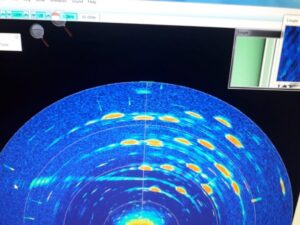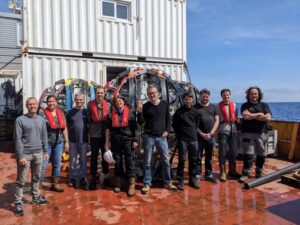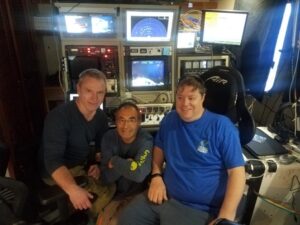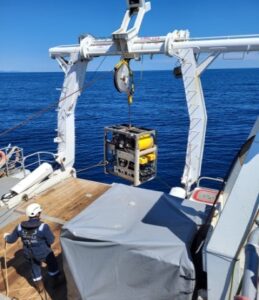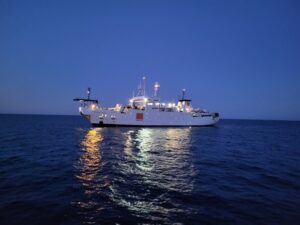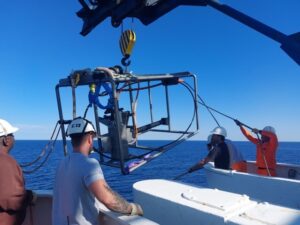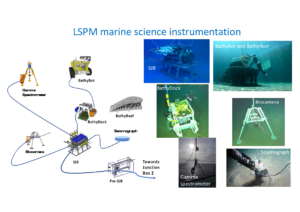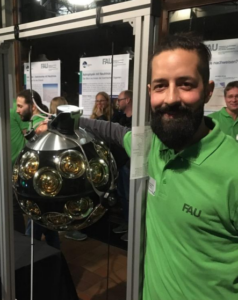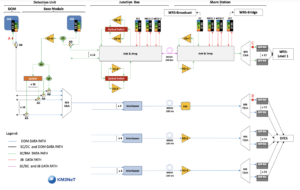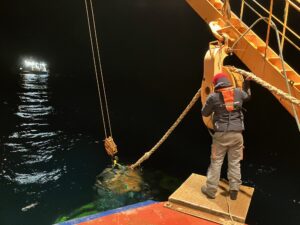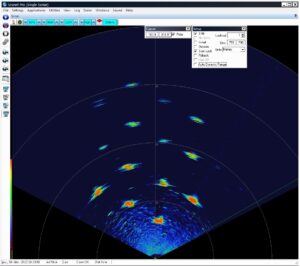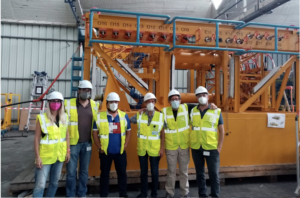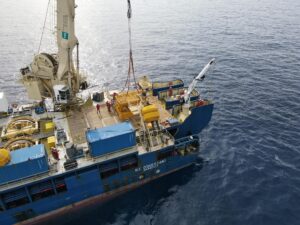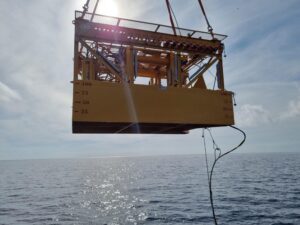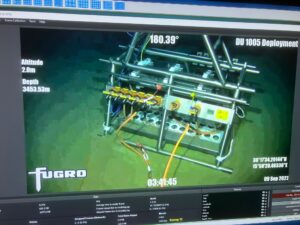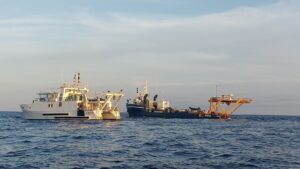Neutrino emission from our Galaxy! New observations by the IceCube Collaboration
29 June 2023 – The KM3NeT Collaboration congratulates the IceCube Collaboration after today’s announcement of an evidence in IceCube of high-energy neutrinos originating from our own Galaxy.
“Congratulations to the IceCube Collaboration for this great result. For the KM3NeT Collaboration it is a very important observation” says Paschal Coyle, the KM3NeT Spokesperson.
While IceCube has previously reported evidence for several sources of extragalactic neutrinos, the detection of neutrinos from the Milky Way has proved difficult, due to the IceCube’s location at the South Pole, where a signal from within our Galaxy is observed as downgoing events and is therefore subject to a large background of atmospheric muons. Furthermore, as the signal was observed in the cascade channel, which has a limited angular resolution, it was not possible to determine if the signal is due to a diffuse source or a collection of unresolved point sources.
A telescope located in the Northern hemisphere, such as KM3NeT, observes our Galaxy using upgoing events, which have significantly less background than downgoing events and are therefore easier to detect. This in fact allowed ANTARES to report the first hint of a neutrino emission from the Galaxy (see the news item on the ANTARES web-site).
Moreover, the KM3NeT telescope will be able to observe the signal in the muon neutrino channel in addition to the electron neutrino channel and both with a much better angular resolution than IceCube.
“IceCube has confirmed our Galaxy is a guaranteed source of high-energy neutrinos. KM3NeT looks forward to unravelling the origins of this Galactic signal with unprecedented precision” concludes Paschal Coyle.


